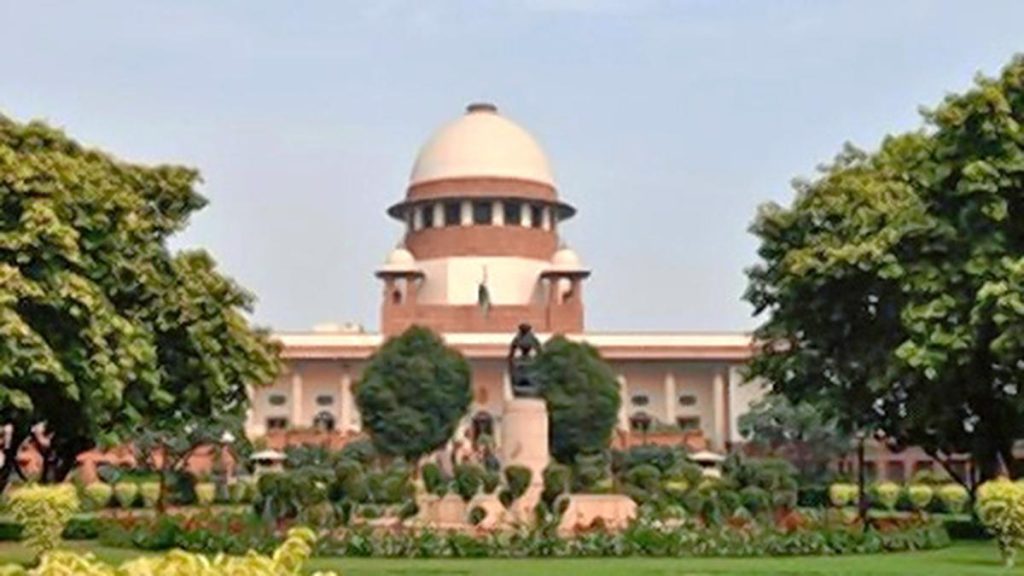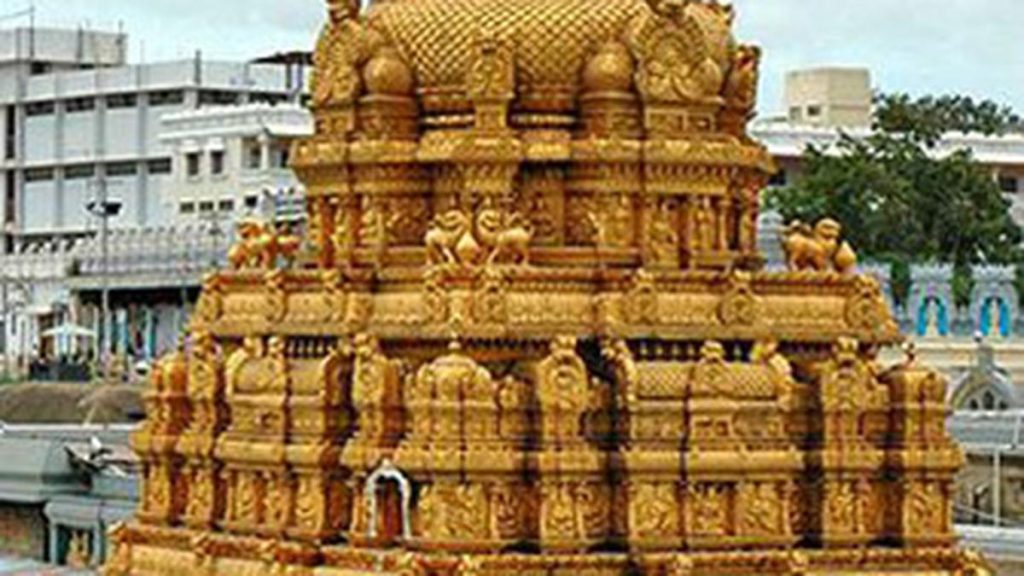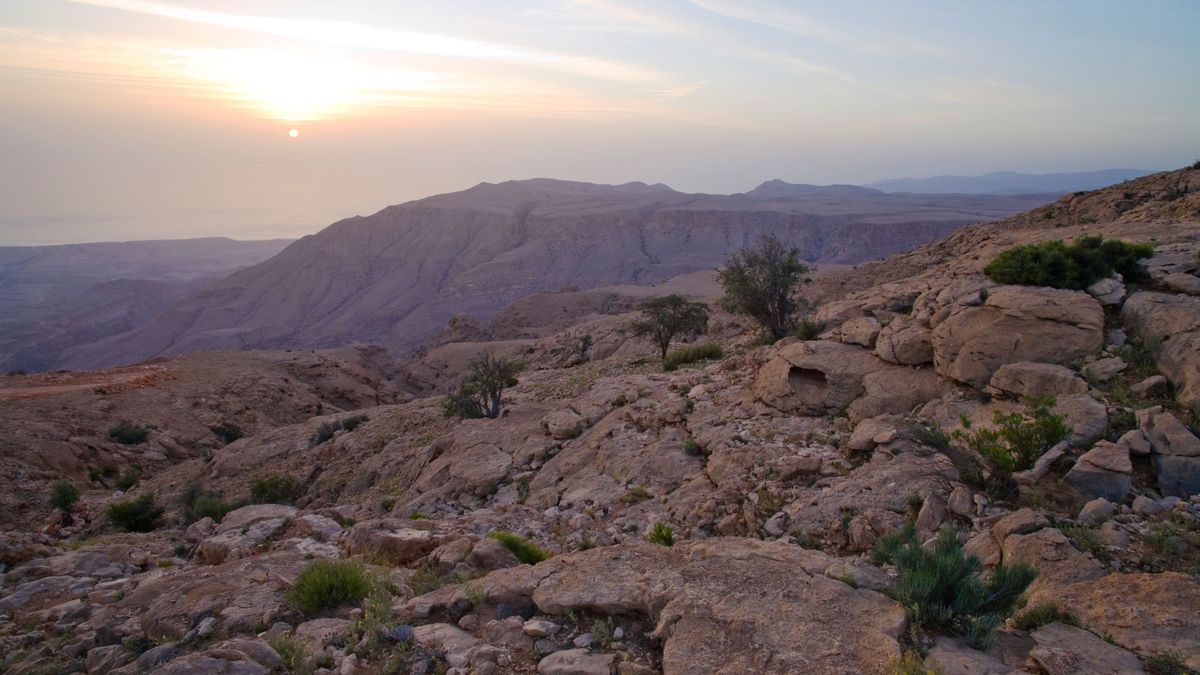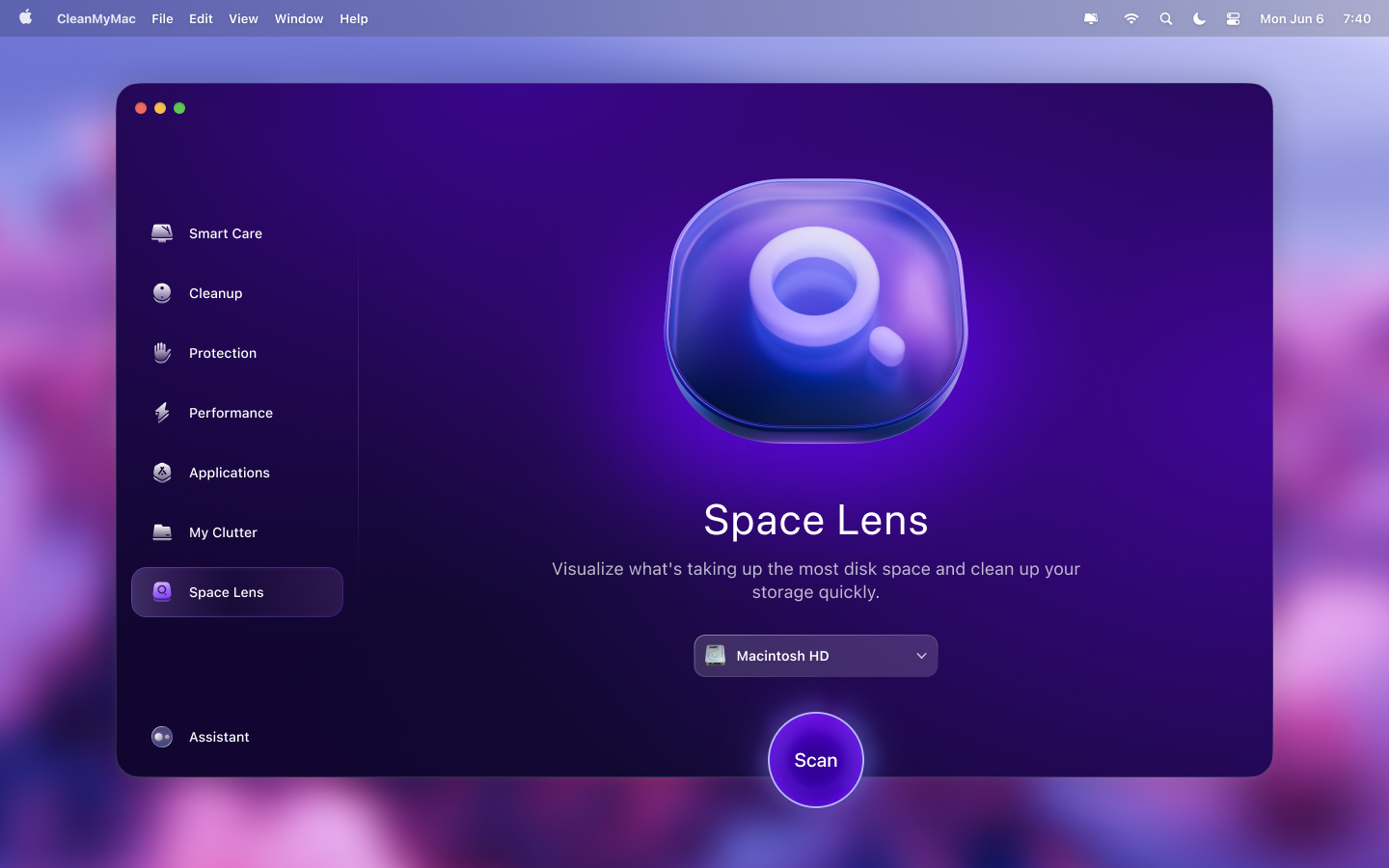Now Reading: Did Light Shine at the Universe’s Dawn?
-
01
Did Light Shine at the Universe’s Dawn?
Did Light Shine at the Universe’s Dawn?
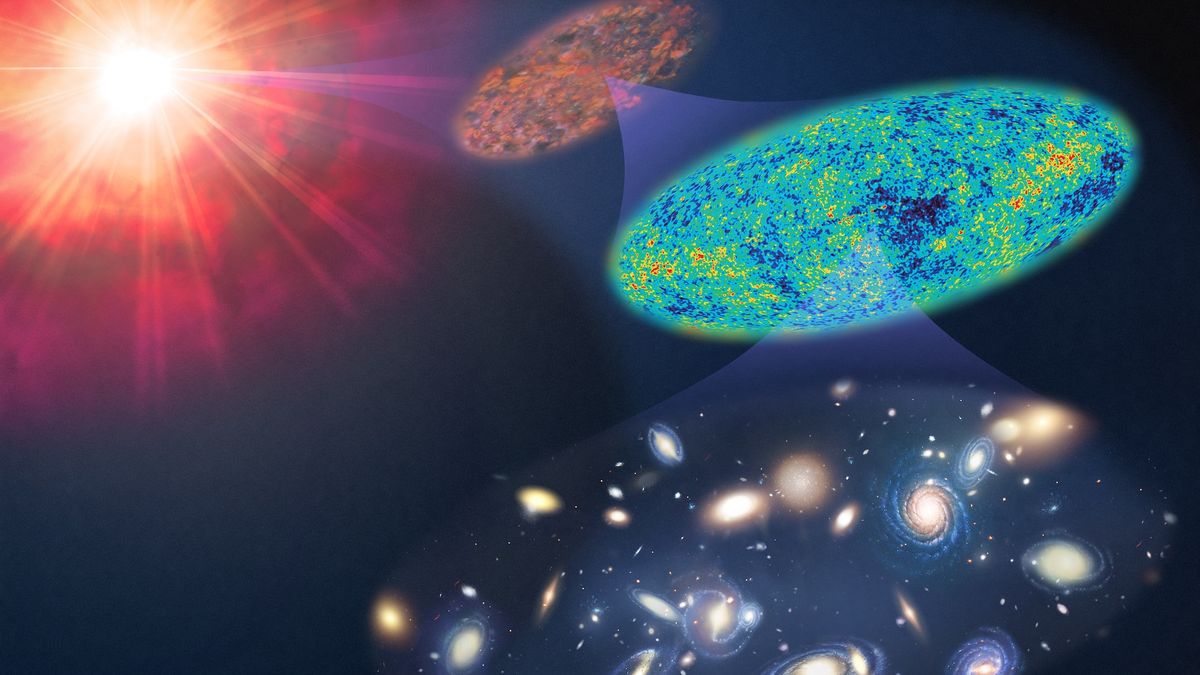
Quick summary
- Formation of Light in the Universe: initially, light was trapped after the Big Bang due to high temperatures and free-moving electrons. It took about 380,000 years for the universe to cool sufficiently for photons to travel freely.
- Role of Energy and Mass: Einstein’s equation (E=mc²) highlights energy-mass interchangeability, crucial during the universe’s formation when all matter existed as energy.
- Timeline of Events:
– First seconds: Formation of basic particles like photons, protons, neutrons, and electrons.
– Three minutes post-Big Bang: Atomic nuclei formed through fusion processes.- After ~380,000 years: Light escaped as electrons were captured by atomic nuclei.
– About a billion years later: the first stars were born in galaxies during “cosmic dawn.”
- Cosmic Microwave Background Radiation: Detected in 1964; represents stretched-out remnants of the universe’s initial light from its formation.
Indian Opinion Analysis
The insights about light and matter from the early moments after the Big Bang demonstrate significant advances in understanding universal patterns. for India-which continues investing heavily in space exploration through organizations like ISRO-such research underscores collaboration opportunities wiht global observatories for unlocking mysteries related to cosmic phenomena such as gravitational lensing or dark ages. Programs fostering astrophysics education can leverage discoveries regarding cosmic events within India’s growing scientific community.
Additionally, this foundational knowledge about universal evolution aligns closely with India’s emerging focus on understanding planetary systems via lunar missions (e.g., Chandrayaan projects). By engaging globally on cosmology breakthroughs like these, India solidifies its standing not only as an active participant but also a valuable contributor on larger scientific stages.Read More at Live Science.




